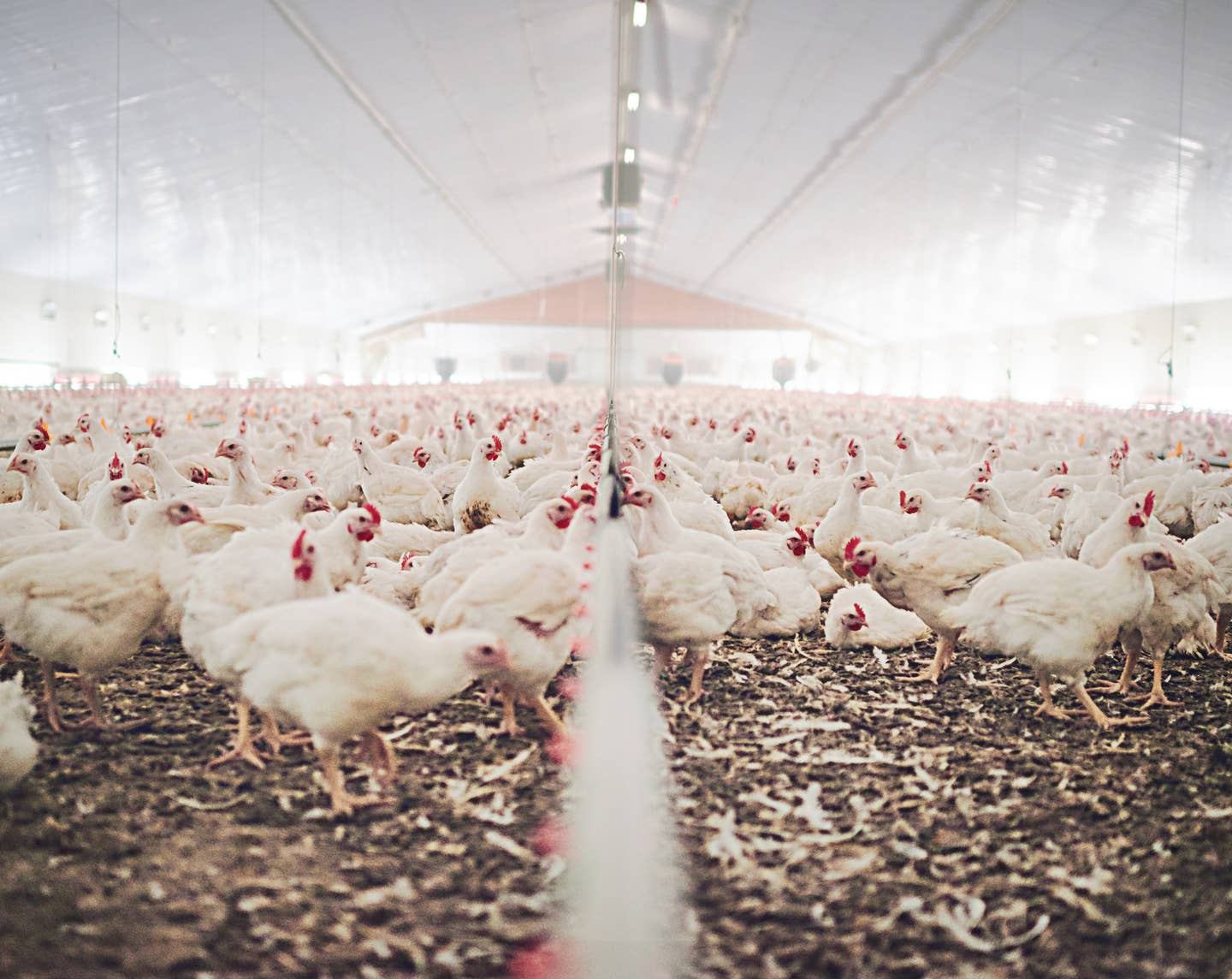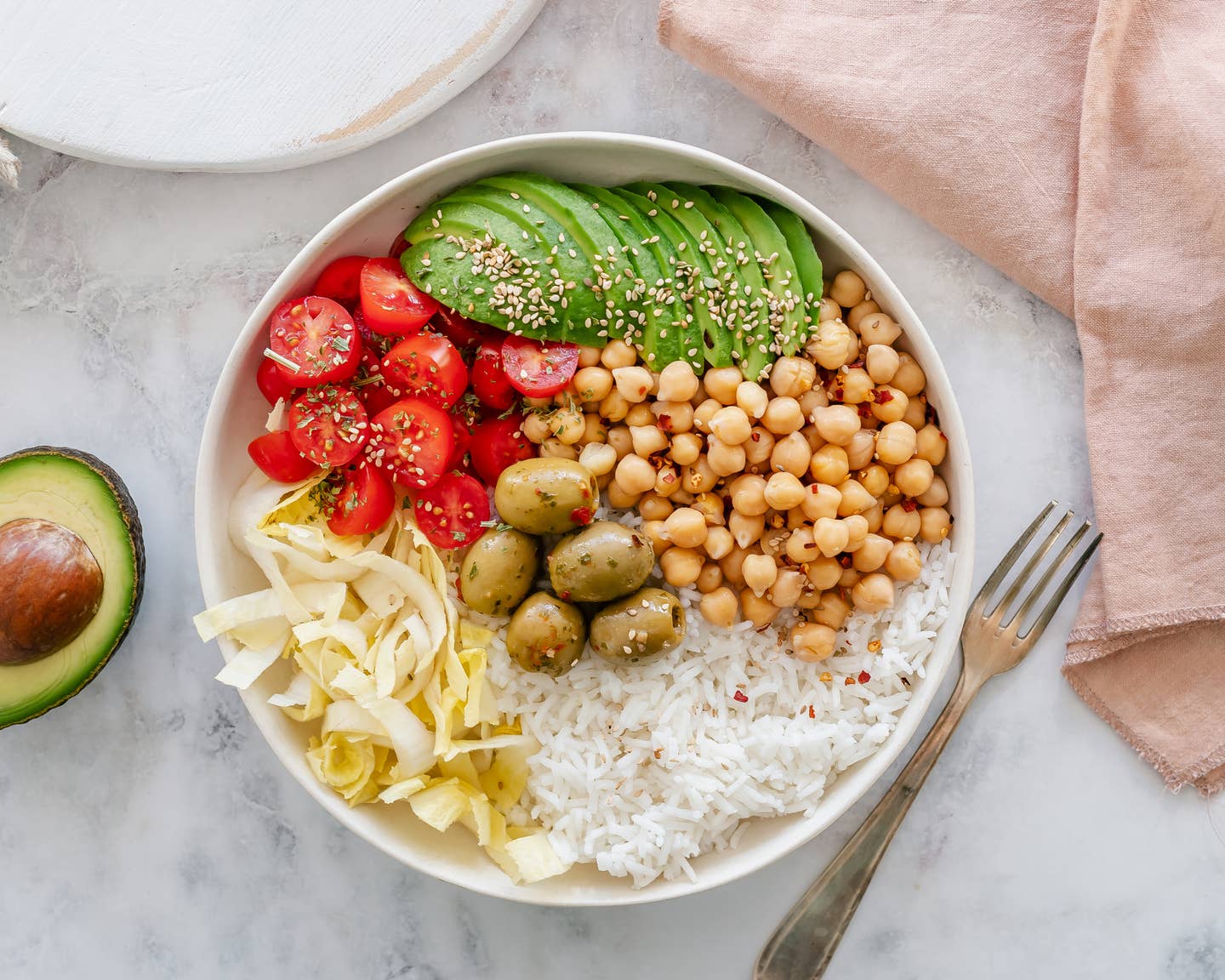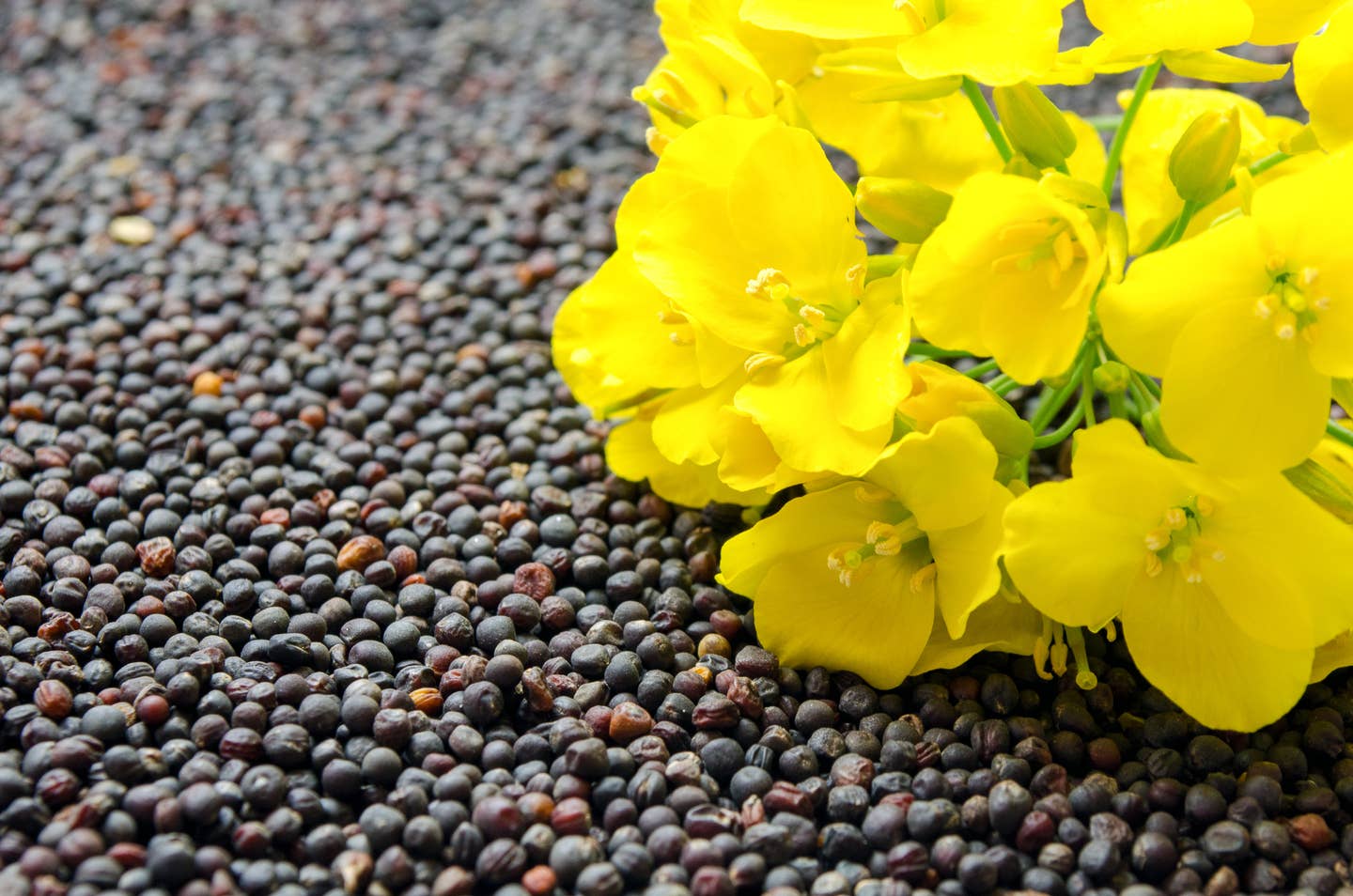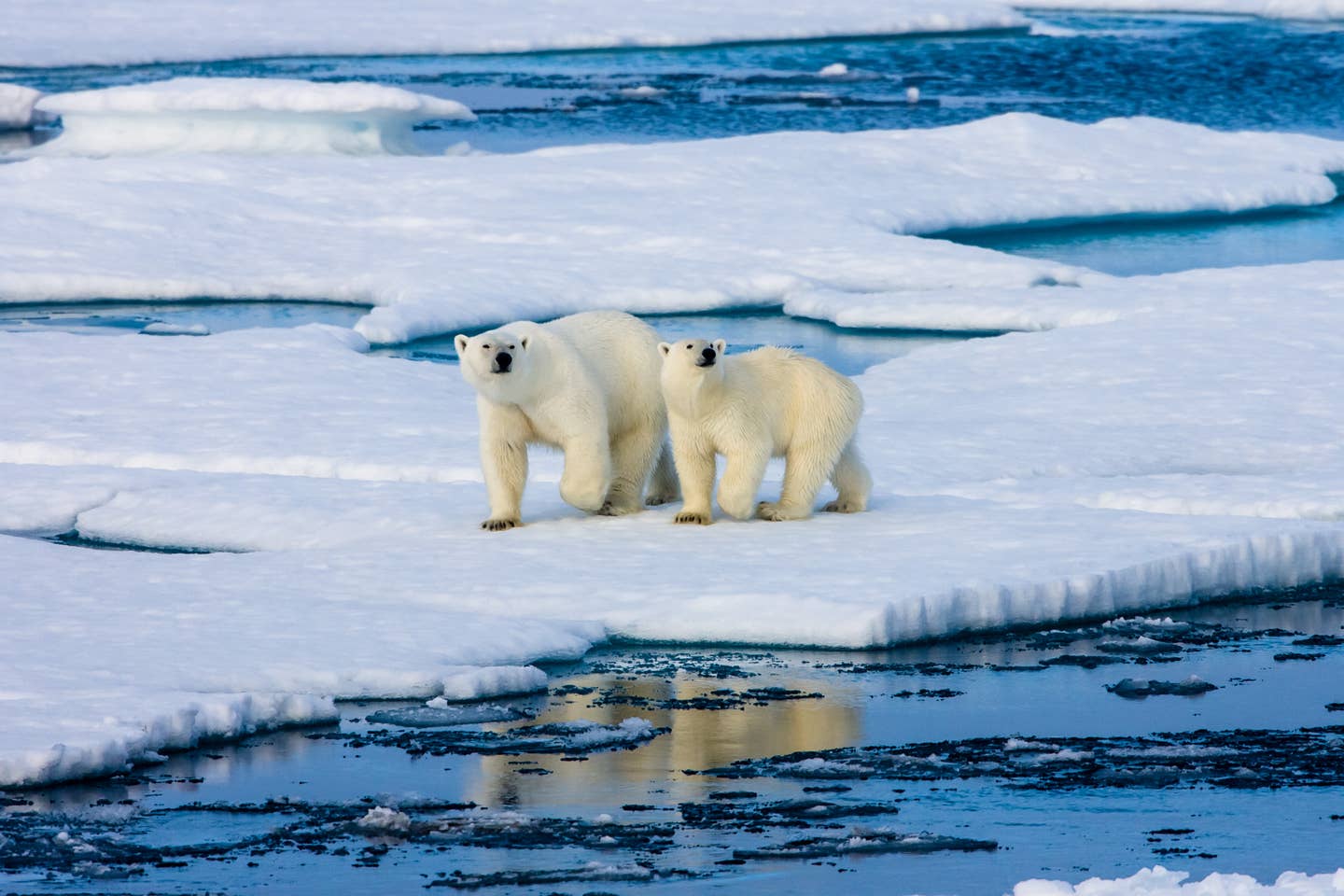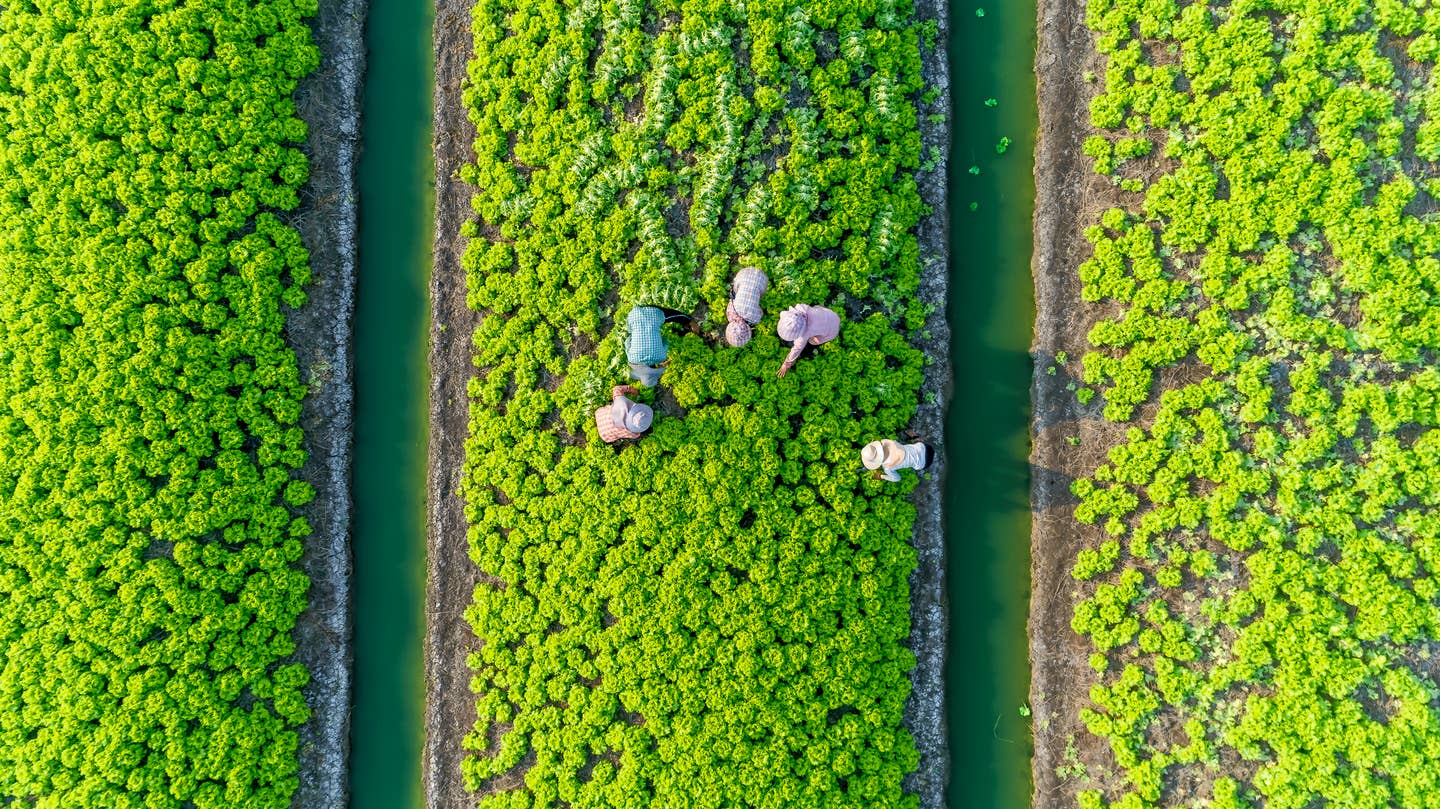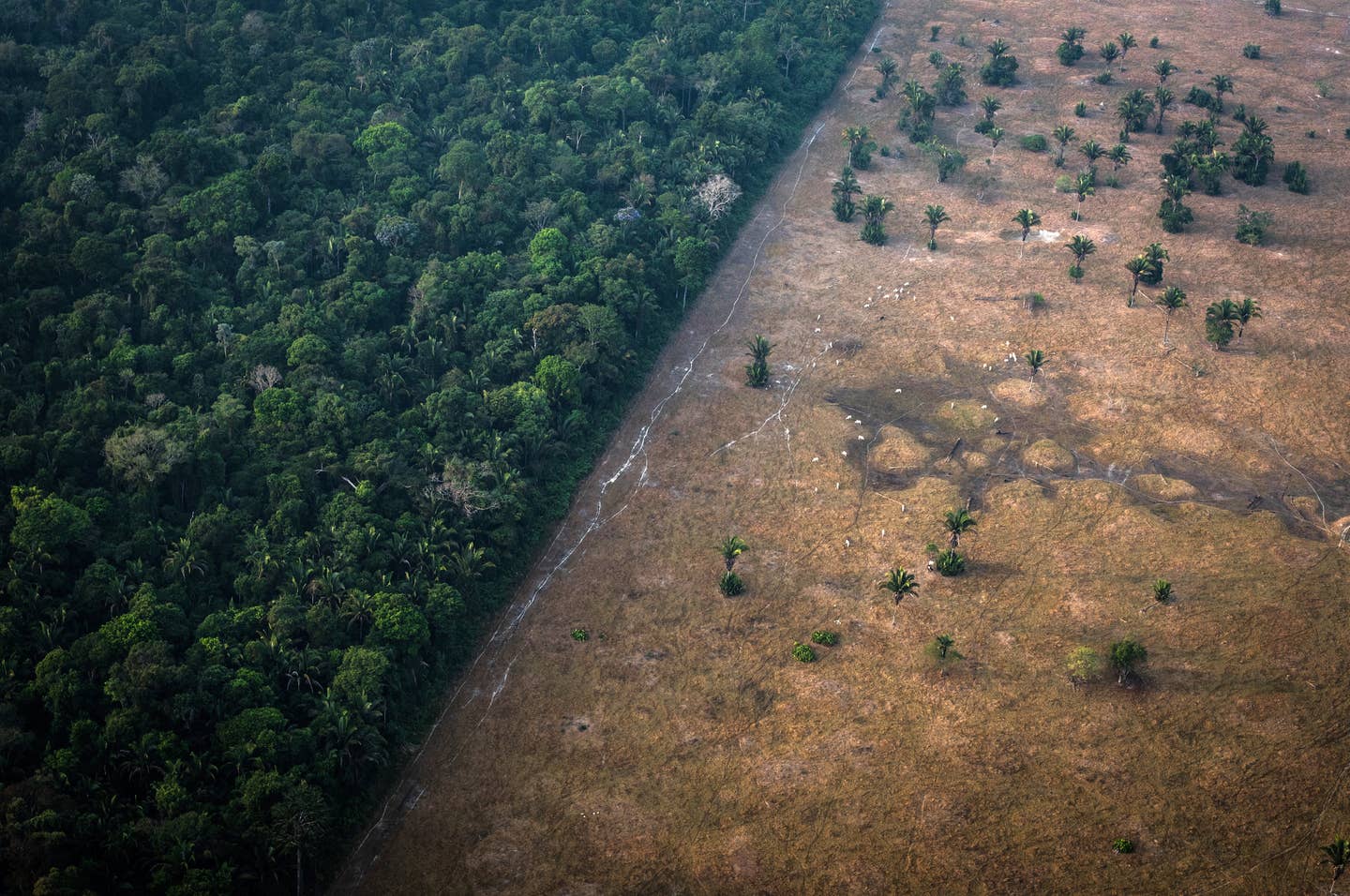
How the Meat Industry is Destroying the Amazon Rainforest
Meat and dairy products only provide the world with 18 percent of its total calories, yet require 83 percent of the planet's available farmland to produce. Animal agriculture's massive greenhouse gas emissions and widespread deforestation are major threats to the planet, especially within the Brazilian Amazon rainforest. Now, new research reveals how much soy production meant to feed livestock contributes to deforestation, despite pledges made over the last two decades to stop sourcing soybeans from deforested lands.
To support Brazil's Soy Moratorium implemented in 2006, companies have agreed to halt soybean sourcing from deforested lands, but researchers from the University of Cambridge, ETH Zurich, New York University, and Boston University have found that these zero-deforestation-pledges (called ZDP for short) have not been upheld. The research found that the majority of companies have not sustained their ZDP pledges. Between 2006 and 2015, deforestation in the Amazon only decreased by 1.6 percent.
“Zero-deforestation pledges are a great first step, but they need to be implemented to have an effect on forests — and right now it’s mainly the bigger companies that have the resources to do this,” Professor Rachael Garrett, Moran Professor of Conservation and Development at the University of Cambridge Conservation Research Institute and a joint senior author of the report, said in a statement. “If soybean traders actually implemented their global commitments for zero-deforestation production, current levels of forest clearance in Brazil could be reduced by around 40 percent."
The research team also noted that while ZDP commitments were marginally deployed in Amazon, companies have not extended those promises to the Cerrado region where most Brazilian soy is produced. Currently, deforestation is the second largest contributor to greenhouse gas emissions, fueling the worsening climate crisis. The researchers published their findings in Environmental Research Letters.
Food Production Fuels Deforestation
More than 77 percent of soybean production is grown to feed livestock. To meet the demand for livestock soy production, the researchers predict that about 4,800 square kilometers of forests are cleared yearly. But soy production is not the only contributor to deforestation in the Amazon and worldwide. The researchers emphasize that other food products including cattle, cocoa, and palm oil are even more challenging to monitor and control, requiring more policy action to reduce unnecessary deforestation.
“If supply chain policies intend to contribute to the task of tackling deforestation in Brazil, it's crucial to expand zero-deforestation supply chain policies beyond soy,” Garret said.
"Supply chain governance should not be a substitute for state-led forest policies, which are critical to enable zero deforestation monitoring and enforcement, have better potential to cover different crops, land users, and regions,”
In a report released by Mighty Earth and Map Hubs, major meat companies including Minerva, Marfrig, and JBS were associated with the widespread Amazon forest fires in 2020. The first was intentionally set to clear the forest for animal agriculture and crop production for livestock feed.
“It’s not a mystery. The same companies named in last year’s report — especially JBS and Marfrig — are again linked to the fires raging in 2020,” Lucia von Reusner, Mighty Earth Campaign Director, said in a statement at the time. “After the worldwide outrage last summer about the destruction of the Amazon, it’s unthinkable that these companies have continued to go about business as usual without repercussions."
Countries Promise to Stop Deforestation
Last November, 105 countries pledged to end deforestation by 2030 during the UN's Climate Change Conference (COP26). World leaders banded together behind the Glasgow Leaders’ Declaration on Forest and Land Use, but the climate conference failed to properly address rehabilitation policies and strategies. However, COP27 is slated to host a Food Systems Pavilion focusing on how food production directly impacts environmental health and the worsening climate crisis.
`“Signing the declaration is the easy part,” Secretary-General of the UN António Guterres said at the time. “It’s essential that it’s implemented now, for people and the planet.”
Protecting the Planet with Plant-Based Diets
Eating a plant-based meal just twice a week for a year is the equivalent of planting 14 billion trees. According to the UN's third IPCC report, the world's food systems need to adapt to plant-based alternatives to reverse the damaging effects of animal agriculture. By reducing the reliance on meat production, demand for products produced on deforested land will dramatically decrease.
Overall, consumers could reduce greenhouse gas emissions by 61 percent by adopting a plant-based diet. One study found that 90 percent of tropical deforestation is attributable to food production. The researchers made it clear that this widespread deforestation is leading to a mass extinction as 80 percent of terrestrial species live in the forest. Governments and consumers alike are responsible for mediating the demand for meat and dairy products to curb this environmentally damaging practice.
For more planetary happenings, visit The Beet's Environmental News articles.
6 Seeds With the Most Protein
1. Pumpkin Seeds
The nutrients in a pumpkin seed are actually in the white shell. Bake them in a 300 degree oven with light seasoning or just salt for a minimum of 45 minutes and snack as you carve away. 1 ounce equal Protein - 9.2g Calories - 146 Carbs - 3.8g Calcium - 12mg
2. Hemp Seeds
Hemp seeds and marijuana come from the same plant, Cannabis sativa. The difference is that they are extracted from different parts of the plant (pot is the leaves, hemp is the seed). Hemp seeds also have .3% traces of THC, the euphoria-producing ingredient in pot, whereas marijuana contains anywhere from .4% and up depending on the strain. 1 ounce equals Protein - 6.3 g Calories - 110.7 Carbs - 1.7 g Calcium - 1.1%
3. Sunflower
Sunflower seeds come from the middle of the flower head. The type of sunflower seed is based on what sunflower hybrid it comes from. The two types fall under the category oilseed or non-oilseed type. 2 tablespoons equal Protein - 5.4g Calories - 163 Carbs - 6.7g Calcium - 19.6mg
4. Flax Seeds
Flax seeds are better digested if they are ground up. Whole seeds are harder to digest because of their shells. Quick tip: If you buy whole seeds, use a coffee grinder to make your own ground flax seeds and store in an airtight container for freshness. 1 ounce equals Protein - 5.1g Calories - 150 Carbs - 8.1 g Calcium - 71.4mg
5. Sesame Seeds
Sesame seeds can be used as a garnish or in the base of a smooth tahini sauce. Combine 2 cups of sesame seeds with a couple of tablespoons of avocado in a food processor and the product is a tahini to use on a salad or veggies. 1 ounce equals Protein - 4.7g Calories - 158 Carbs - 7.2g Calcium - 277mg
6. Chia Seeds
Because they can be used as an egg replacement, chia seeds make vegan baking easy. Combine one tablespoon of chia seeds with two to three tablespoons of water to make a single egg replacement for your next cake or brownies. 1 ounce equals Protein - 4.4g Calories - 137 Carbs - 12.3g Calcium - 177mg
More From The Beet
